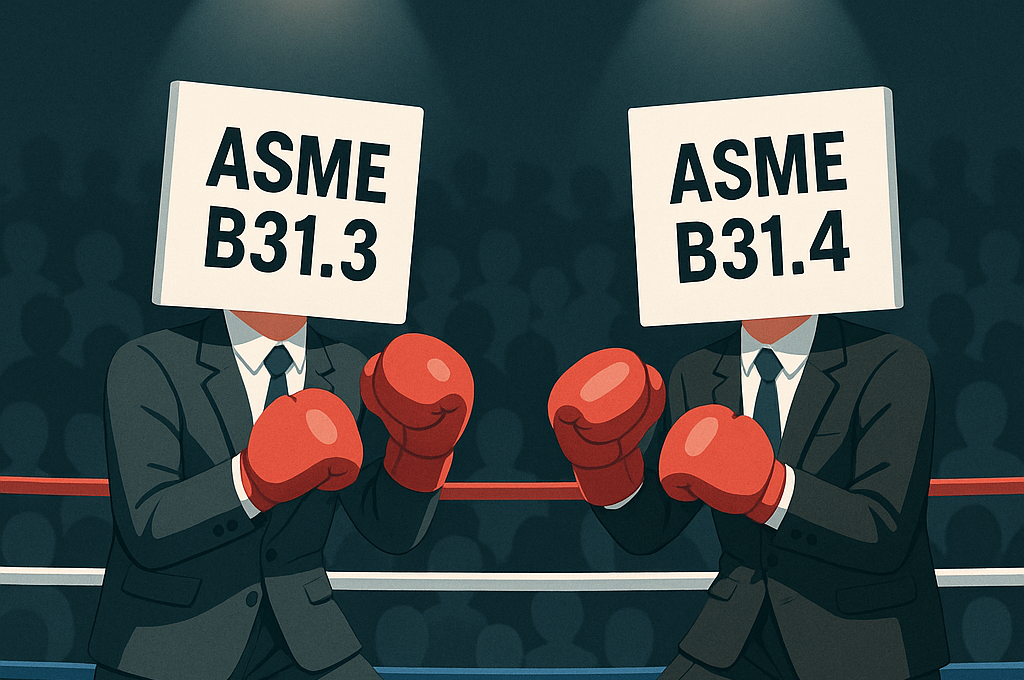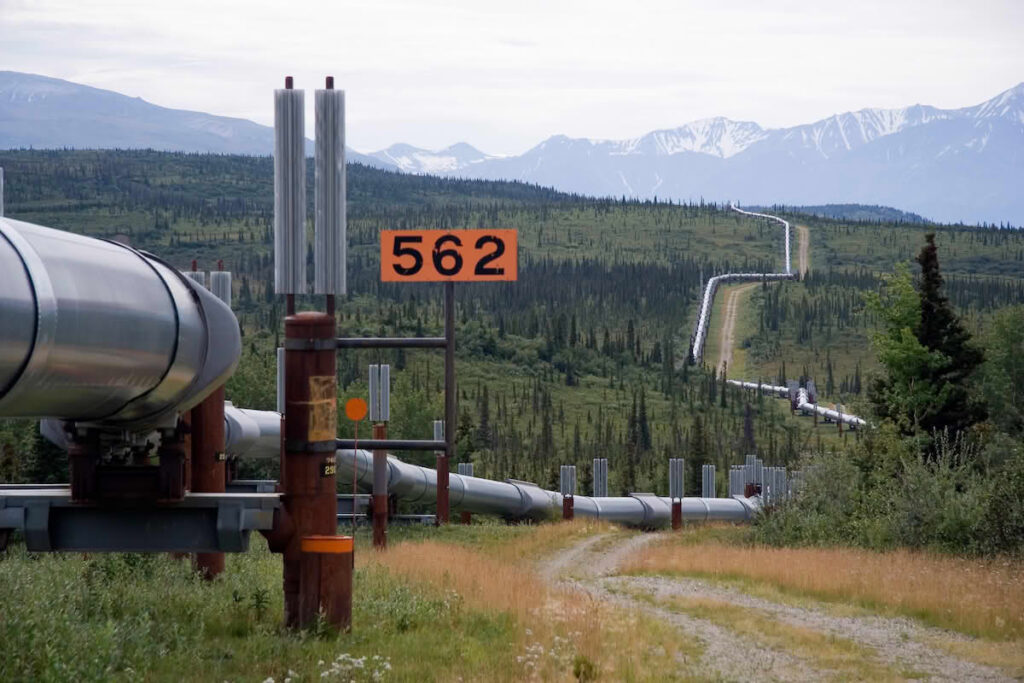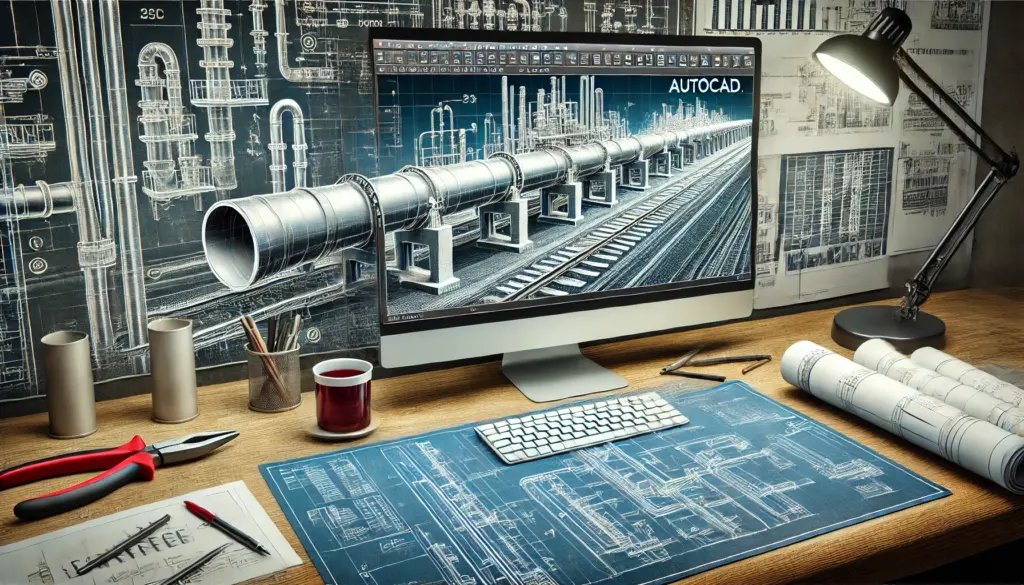Pipelines are designed to allow smooth movement of pigs with the aid of long radius Bends. A pipe bend is an offset or change in direction of the pipe from its original route. It is introduced in pipelines to change the pipeline direction and provide flexibility to the piping or pipeline system. There are two types of Bends (Cold Bends and Hot Bends) used in the Pipeline system based on the routing constraints.
Cold Bends
Cold bends or Field bends are fabricated from the line pipes during the construction at field itself with longer Radii (such as 20D, 30D, 40D, 60D, etc,) and welded with the Strings along the pipeline route, where space is not a constraint.
- Advantages:
- Cost-effective.
- Suitable for small-diameter pipes.
- Flexibility in adjusting angles.
- Disadvantages:
- Less controlled process.
- May have ovality or wrinkles.
- Requires skilled labor.
Hot Bends
Hot Bends or induction bends are prefabricated ones at the Shop or at Mills with a short radius (such as 3D, 5D, 7D, 10D, 20D, etc.) and welded with the Strings at site along the pipeline route, where space is constraint, and they are expensive long lead pipeline Items. Manufactured in a temperature-controlled environment using an induction bending process. ASME B16.49 provides guidelines for these bends. Thickness changes occur during hot bending, with intrados becoming thicker and extrados thinner, therefore, bend thinning calculations are performed. In general, the use of hot bends is avoided in pipeline systems whenever possible.
- Advantages:
- Precise bending with consistent quality.
- Suitable for large-diameter pipes.
- Smooth internal surface.
- Disadvantages:
- Thickness changes occur during bending (intrados becomes thicker, extrados thinner).
- Expensive due to specialized equipment and controlled conditions.
- Limited availability of manufacturers.
Other Types
Elastic bends which are made by bending the line pipe below its Specified Minimum Yield Stress point due to changes in elevations along the pipeline route. An acceptable elastic bend is practice is within 500 D of the line pipe.
Miter bends which are made by cutting the pipe ends of straight sections to form the desired angles. This type is cost effective and provides customizable angles, but may result in defects during welding.





